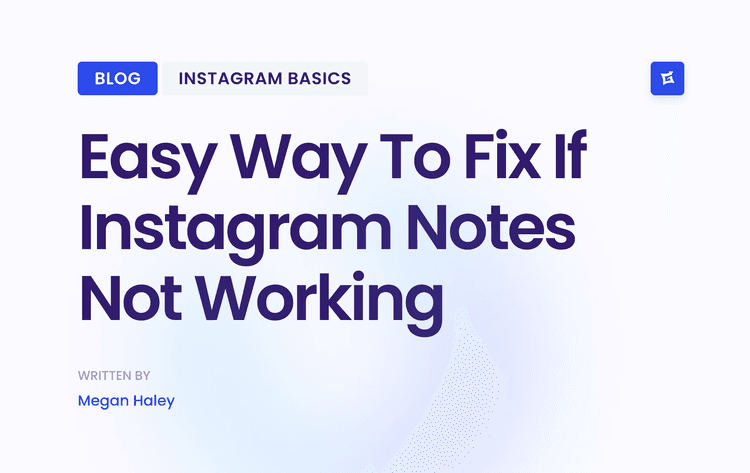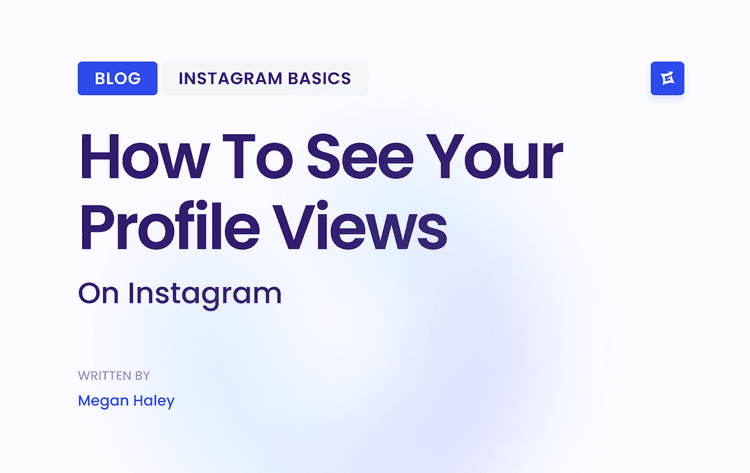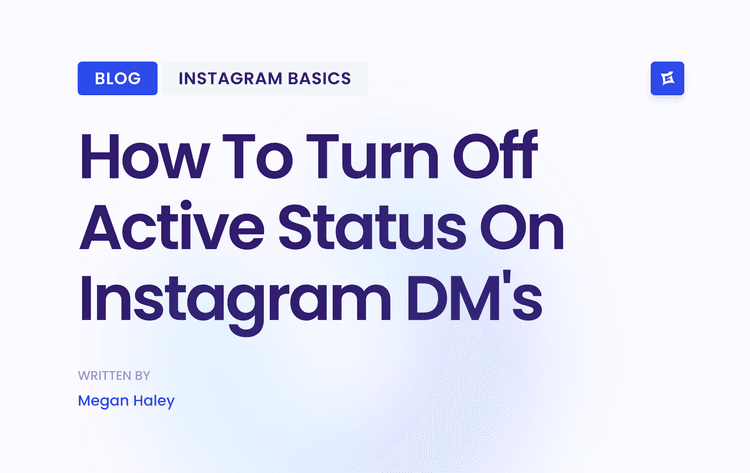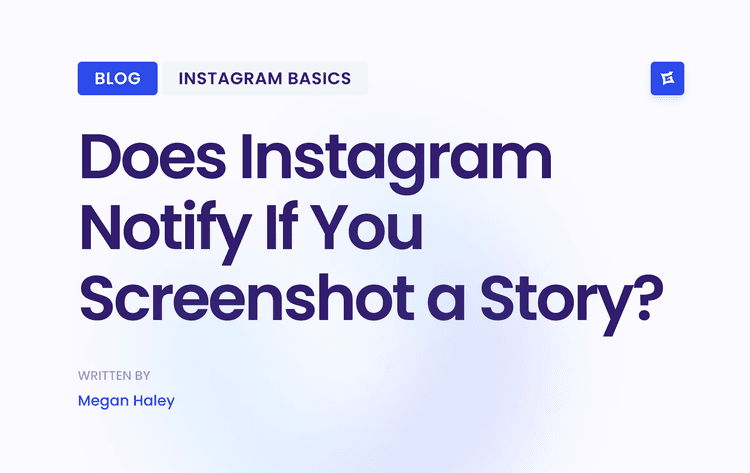The Strategic Power of Influencer Relationships
Building Genuine Partnerships for Long-Term Growth
Effective influencer outreach goes beyond simple transactions. It's about building genuine, long-term partnerships. Think of it like networking. You wouldn't cold-call someone and immediately ask for a huge favor.
Successful influencer outreach requires cultivating authentic connections. This means understanding the influencer's values, content style, and audience demographics. It's about finding the right fit for your brand.
Understanding the Psychology of Influence
Why are influencer recommendations so persuasive? The answer lies in the psychology of social proof. People are naturally inclined to follow the actions of others, especially those they admire or identify with.
With their established online followers, influencers become trusted figures within their specific niches. Their endorsements carry significant weight, influencing the purchasing decisions of their followers. For instance, a sustainability-focused influencer can effectively promote eco-friendly products to an audience already receptive to that message.
From Transactions to Authentic Storytelling
Successful brands understand the power of authentic storytelling in influencer marketing. They move beyond simple product placements and collaborate with influencers to create compelling narratives.
This could involve showcasing how a product integrates into the influencer's lifestyle or highlighting shared values between the brand and the influencer. This approach builds trust and credibility, renewing followers into loyal customers. Ultimately, this creates a lasting impact and strengthens the brand's reputation.
Designing Your Influencer Outreach Framework
Before reaching out to potential influencer partners, it's essential to establish a well-defined outreach framework. This crucial planning process ensures your social media influencer outreach aligns perfectly with your overall marketing objectives. It involves defining goals, identifying your target audience segments, and establishing key performance indicators (KPIs).
Defining Your Campaign Goals and Objectives
Start by clearly defining what you aim to achieve with your influencer campaign. Are you focused on increasing brand awareness, driving sales, generating leads, or launching a new product? Each objective requires a different approach to influencer outreach.
For example, a brand awareness campaign might prioritize reach and impressions, while a sales-driven campaign will focus on conversions and ROI. Want to learn more about planning your social media strategy? Check out this helpful article: How to master a Social Media Content Calendar. A solid foundation in planning will guide your influencer selection and campaign design.
Identifying Your Target Audience
Understanding your target audience is paramount for effective social media influencer outreach. Identify the demographics, interests, and online behavior of your ideal customer. This information will help you pinpoint influencers whose audience aligns with your target market, ensuring your message reaches the right people. This focused approach maximizes the impact of your influencer partnerships.
Choosing the Right Influencer Tier
Influencers are often categorized into tiers based on their follower count:
Mega
Macro
Micro
Nano
Each tier has its strengths and weaknesses. Mega-influencers have massive reach, while Nano-influencers have high engagement rates within niche communities. Selecting the optimal tier depends on your specific campaign goals and budget.
To help you choose the right influencer for your campaign, take a look at the comparison list below:
Influencer Tiers Comparison: A comparison of different influencer types by follower count, typical engagement rates, average costs, and best use cases.
Mega Influencers
Follower Range: 1M+
Average Engagement Rate: Often <2%
Cost Range: $5,000+ per post
Best For: Large-scale brand awareness campaigns
Macro Influencers
Follower Range: 100K - 1M
Average Engagement Rate: 2-5%
Cost Range: $1,000 - $5,000 per post
Best For: Reaching a broad audience, product launches
Micro Influencers
Follower Range: 10K - 100K
Average Engagement Rate: 5-10%
Cost Range: $100 - $1,000 per post
Best For: Targeted campaigns, niche audiences, building community
Nano Influencers
Follower Range: 1K - 10K
Average Engagement Rate: 8-15%
Cost Range: $25 - $250 per post
Best For: Authentic engagement, hyper-local campaigns, cost-effective solutions
As you can see, each tier offers unique benefits. Carefully consider your objectives and budget to make the most effective choice.
Crafting a Compelling Campaign Brief
A well-crafted campaign brief is essential for attracting the right influencer partners. It should clearly outline your campaign objectives, target audience, key messages, and desired deliverables. Provide influencers with enough information to understand your brand and vision, but also allow for creative freedom. A compelling brief makes your brand stand out and fosters a collaborative environment.
Establishing Realistic Timelines and Budgets
Develop a realistic timeline that respects your brand's and the influencer's workflows. Factor in time for content creation, review, and revisions. Similarly, establish a clear budget that aligns with your campaign goals and the influencer's rates. Transparency in timelines and budgets fosters a professional and productive partnership. This careful planning sets the stage for a successful and mutually beneficial campaign.
Finding Authentic Partners That Scale Up Your Brand
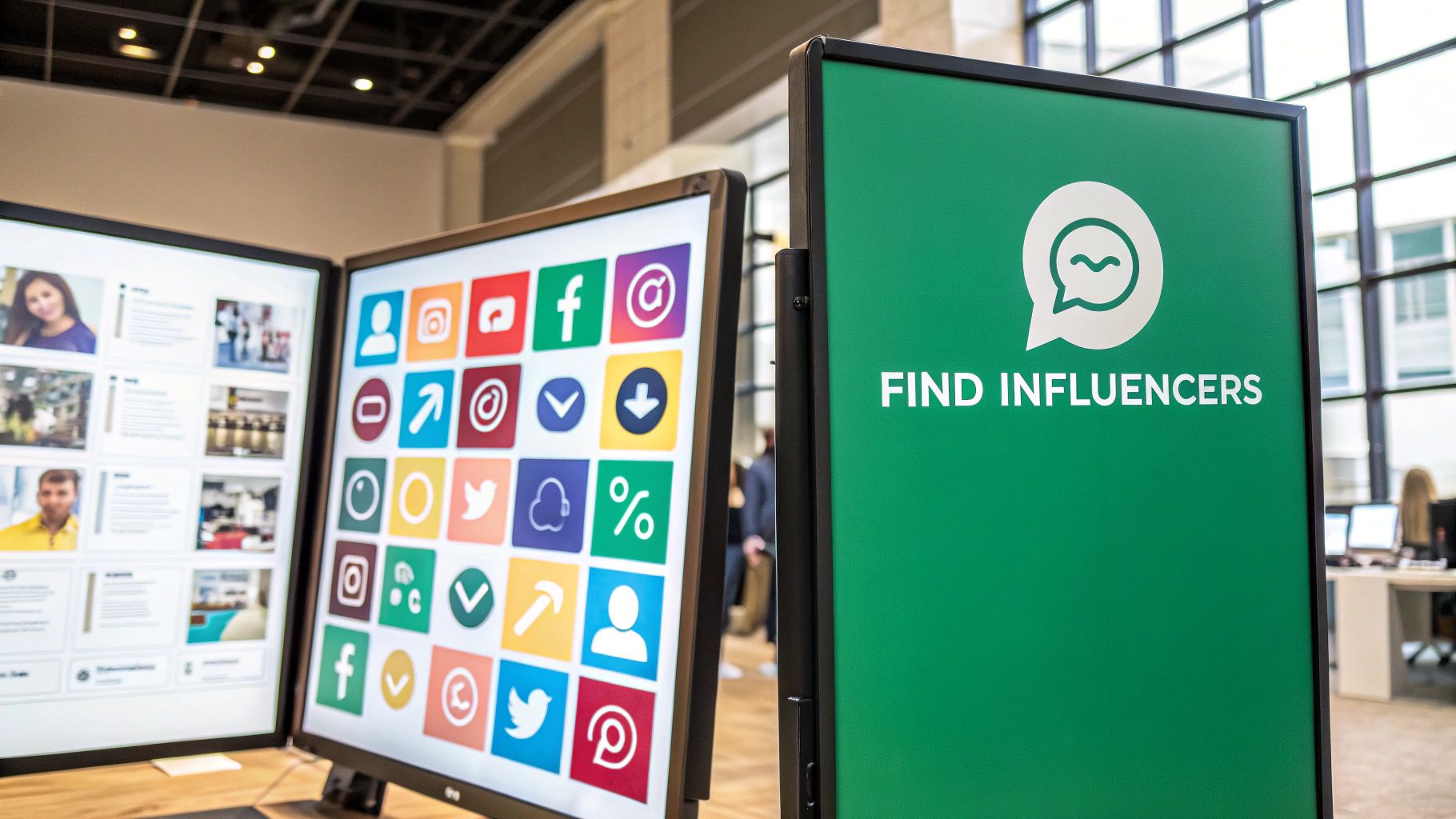
Effective influencer outreach on social media depends heavily on choosing the right partners. The right partners can make the difference between a successful campaign and one that misses the mark. This means looking beyond simple follower counts. You need to delve deeper and consider the authenticity of potential partners. Their values should align with your brand, and their audience should match your ideal customer.
Going Beyond Surface-Level Metrics
Finding authentic influencers requires more than just looking at the number of followers. Advanced search techniques are essential for finding partners who truly connect with their audience. Consider using platform-specific search tools, exploring relevant hashtags, and utilizing advanced search operators. For instance, searching for influencers who regularly use hashtags related to your industry can help you pinpoint those genuinely active in your niche.
Evaluating Influencer Authenticity
Authenticity is key in influencer marketing. Leading brands understand this and focus on the quality of engagement, not just the quantity. Don't just look at likes and comments. Examine the comments for signs of genuine interest and conversation. Is the audience diverse and relevant to your target market? Also, look at the influencer's content over time. A history of genuine engagement and consistent posting suggests a real connection with their followers.
Instagram remains a significant platform for influencer marketing. While reliance on Instagram has decreased from 76% in past years, 47% of brands still used it for their campaigns in 2024. What's more, 80.8% of U.S. marketers leverage the platform for influencer marketing, and half a million influencers prefer it as their primary platform. Fashion leads as a niche, representing 25% of sponsored content. You can find more in-depth statistics here: Influencer Marketing Statistics.
Spotting Red Flags and Building a Qualified Prospect List
When evaluating potential influencers, watch out for red flags. Things like artificially inflated engagement, a sudden increase in followers, or generic, repetitive comments can be signs of inauthentic practices. Recognizing these warnings will protect your brand from unproductive partnerships. A systematic approach to evaluating potential partners and building a qualified prospect list is fundamental to a successful influencer outreach strategy. This requires detailed research, careful analysis, and a sharp eye for genuine engagement. This list becomes the foundation of your outreach, ensuring you connect with influencers who align with your brand.
The Importance of Long-Term Vision
Building long-term relationships with influencers is crucial for lasting success. Open communication, mutual respect, and a shared vision are all important. When you treat influencers as true partners, not just transactional contacts, you open doors for continued collaboration and brand advocacy. This approach builds one-off campaigns into enduring, mutually beneficial relationships, which leads to a more effective and impactful influencer outreach strategy in the long run.
Crafting Outreach That Gets Genuine Responses
Even the perfectly matched influencer might not respond to a generic outreach email. Think about your inbox. How often do you open emails that feel impersonal and mass-produced? This section explores the psychology of effective communication for social media influencer outreach. It's about standing out from the crowd and forging a real connection.
Personalization vs. Efficiency: Striking a Balance
Personalization is essential for effective influencer outreach. Creating unique messages for every influencer, however, can be incredibly time-consuming. The solution? Find a balance. Develop template frameworks you can customize. Include key elements, such as the influencer's name, recent content, and how your brand aligns with their niche. This shows you’ve done your homework while respecting their busy schedule. For instance, mention a specific post that resonated with you and explain why, rather than offering a generic compliment.
Timing is Key: Initial Outreach and Follow-Up
When you reach out is crucial. Don’t contact influencers on weekends or late at night. Research suggests mid-week mornings often have the highest response rates. Also, create a follow-up strategy. A polite follow-up a few days after your initial contact can dramatically increase your chances of a response. Avoid too many follow-ups, though; this can seem overly aggressive.
Negotiating Respectfully: Building Strong Partnerships
Once an influencer expresses interest, it’s time to negotiate. Approach this as a collaboration, not a competition. Clearly outline your expectations and budget, but be open to their feedback and willing to compromise. A respectful negotiation builds a strong foundation for a mutually beneficial partnership. This ensures both sides feel valued, creating a more productive working relationship.
Handling Rejections Gracefully: Maintaining Professionalism
Rejection is inevitable. Not every outreach attempt will be successful, and that's okay. It's part of the process. Respond to rejections with grace and professionalism. Thank the influencer for their time and consideration. A positive interaction, even after a rejection, can make a lasting impression and might open doors for future collaborations. It also projects a professional image for your brand.
Positioning Your Brand as a Partner
Influencers are drawn to brands they genuinely connect with. Focus on building a relationship, not just securing a sponsored post. Highlight shared values and the mutual benefits of a partnership. Explain how your brand resonates with their content and audience. By positioning your brand as a partner invested in its success, you’ll significantly improve your odds of establishing authentic and impactful collaborations.
Designing Partnerships That Benefit Both Sides
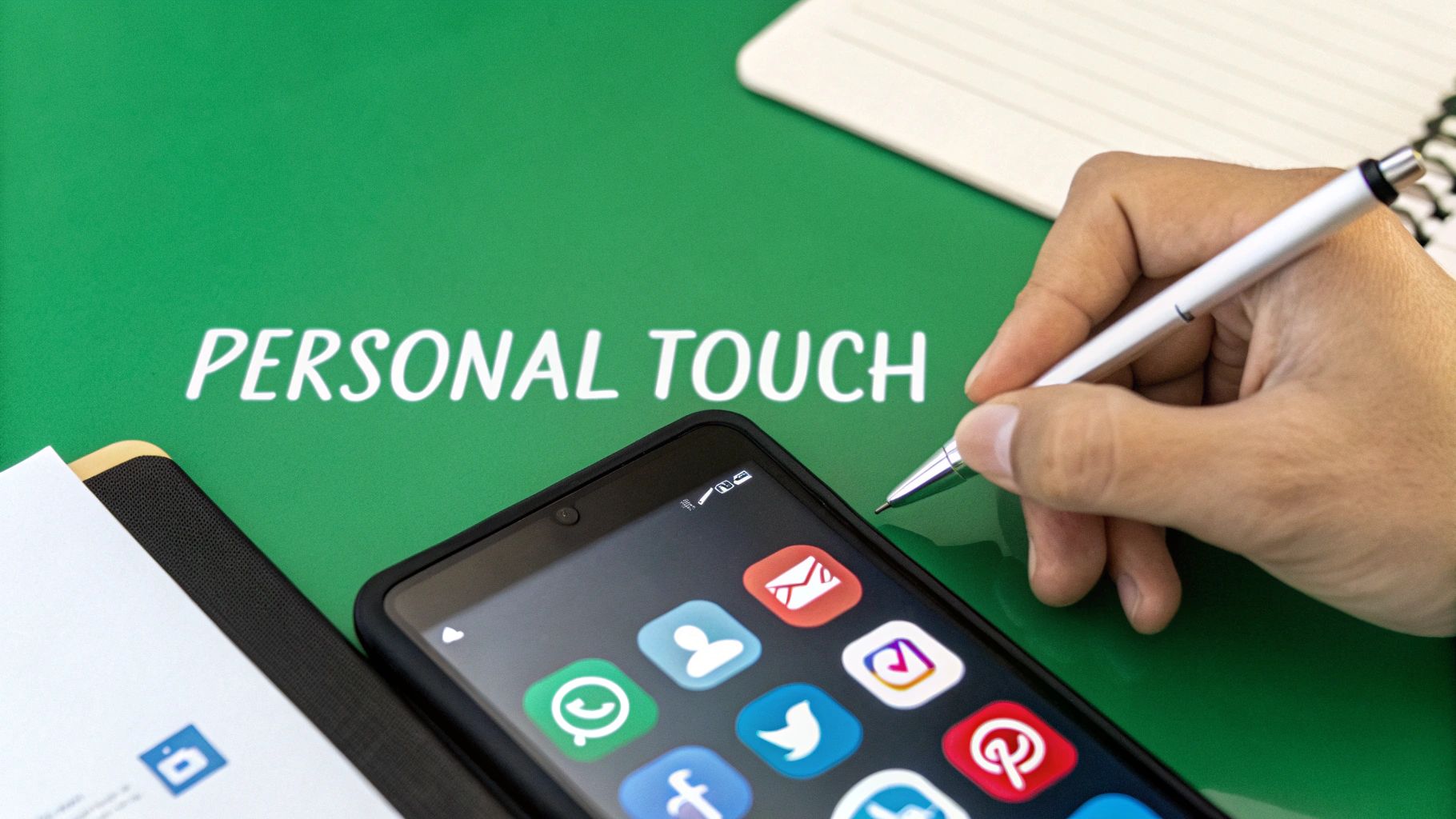
Successful influencer outreach involves more than just offering a paycheck. While financial compensation is important, the most effective collaborations offer a wider range of benefits. This creates a true win-win for both the brand and the influencer.
Exploring Creative Compensation Models
Don't limit yourself to just cash payments. Product seeding, sending influencers free products, is a great way to introduce new offerings and generate buzz. Affiliate marketing programs, where influencers earn commission on sales through unique tracking links, can incentivize performance.
For longer-term partnerships, consider establishing brand ambassador programs or offering exclusive experiences. These creative approaches can often be more enticing than a one-time payment.
Aligning Offers With Influencer Goals and Audience Expectations
Every influencer has different motivations. A nano-influencer with a small but dedicated niche might be more interested in gaining exposure and networking. An established macro-influencer, however, might prioritize creative freedom and brand alignment.
Understanding these nuances is critical for tailoring your offers. This personalized approach demonstrates respect for the influencer's career and leads to more authentic collaborations.
To help illustrate the different compensation models, let's look at the following list:
Influencer Compensation Models: A comparison of different compensation approaches, their benefits, challenges, and suitability for various campaign types.
Product Seeding
Best For: New product launches, building brand awareness
Pros: Cost-effective, introduces product to new audiences
Cons: Difficult to track ROI, requires high-quality product
Typical ROI: Varies widely, difficult to quantify
Affiliate Marketing
Best For: Driving sales, performance-based campaigns
Pros: Incentivizes performance, easy to track ROI
Cons: Can be perceived as less authentic, requires a robust tracking system
Typical ROI: Directly tied to sales, can be very high
Brand Ambassador Programs
Best For: Long-term partnerships, building brand loyalty
Pros: Fosters strong relationships, consistent brand messaging
Cons: Requires significant investment, potential for exclusivity conflicts
Typical ROI: Builds brand equity over time, difficult to measure directly
Paid Sponsorships (Flat Fee)
Best For: Specific campaigns, guaranteed deliverables
Pros: Clear expectations, predictable costs
Cons: Can be expensive, may not incentivize performance beyond deliverables
Typical ROI: Depends on campaign goals and execution
Performance-Based Bonuses
Best For: Incentivizing specific actions (e.g., engagement, reach)
Pros: Aligns incentives, rewards high performance
Cons: Requires clear metrics and tracking, can be complex to manage
Typical ROI: Directly tied to performance metrics
This content summarizes several key compensation strategies and their potential impact on your campaign. Choosing the right model depends on your goals and the influencer's audience.
Understanding Influencer Motivations Across Tiers
Consider the drivers for different influencer tiers. Nano-influencers often seek professional growth and opportunities to work with admired brands. Micro-influencers aim for increased visibility and expanded reach.
Macro-influencers value creative control and brand alignment. Mega-influencers prioritize broad reach and the ability to impact substantial audiences. Understanding these motivations helps you tailor outreach and offer value beyond monetary compensation.
Legal Considerations in Influencer Partnerships
Navigating legal aspects is essential. Clear disclosure requirements are paramount for transparency and compliance with advertising regulations. Content ownership should be clearly defined upfront.
Exclusivity clauses and contract protections safeguard both parties. These considerations build trust and ensure a smooth, legally sound partnership.
Measuring What Matters in Influencer Success
Moving beyond vanity metrics like follower count and likes is crucial for demonstrating the real impact of your influencer marketing campaigns. While impressive on reports, these numbers don't always translate into tangible business results. A robust measurement framework, connecting influencer activities to actual outcomes, is essential for assessing campaign effectiveness.
Implementing Proper Attribution Systems
Accurately attributing results to specific influencer efforts requires the right tools. This helps understand which influencers drive the most valuable actions. Custom URLs with unique tracking parameters let you monitor traffic from each influencer's posts. Using platform-specific tracking tools within social media platforms like Facebook or Instagram provides further insights into post performance and audience demographics.
Unique promo codes offer a direct way to measure sales generated by individual influencers. Implementing pixel tracking on your website allows you to follow the conversion journey of customers who initially interacted with an influencer's content. These strategies provide data-driven insights, helping optimize your influencer outreach for maximum impact.
Measuring Beyond Basic Engagement
While engagement metrics like likes and comments offer some insight, leading brands delve deeper. They analyze conversion journeys, tracking how influencer interactions lead to desired actions, such as website visits, product purchases, or sign-ups. They also monitor audience sentiment shifts, assessing how influencer campaigns affect brand perception.
Tracking long-term brand perception changes, although more challenging, reveals the lasting impact of influencer collaborations. Has brand sentiment become more positive since the campaign's start? This broader view offers a comprehensive understanding of the true value of influencer partnerships. Influencer marketing effectiveness is tied to consumer trust and engagement. 31% of U.S. adults say buying decisions are influenced by social media influencers, rising to 52% among 18-29-year-olds. 69% of consumers trust product recommendations from followed influencers, highlighting the power of endorsements. Learn more: Influencer Marketing Statistics.
Building Effective Performance Dashboards
Creating performance dashboards is vital for communicating campaign ROI to stakeholders. These dashboards should visually represent key metrics: website traffic, conversion rates, sales generated, and brand sentiment changes. This clear presentation helps stakeholders understand influencer marketing's value and justifies continued investment. You might also find this helpful: How to Measure Social Media Success.
These dashboards also inform future strategy refinements. By analyzing which collaborations performed best and why, you can continuously optimize outreach efforts. This data-driven approach ensures your influencer marketing remains effective and delivers measurable results, creating a cyclical improvement process. Constantly learning and adapting maximizes the value of your partnerships.
Cultivating Long-Term Relationships That Drive Value

Smart brands understand that influencer outreach goes beyond one-off sponsored posts. It's about cultivating enduring partnerships. These relationships, nurtured effectively, become invaluable brand assets. This means shifting the perspective from influencers as mere content creators to strategic allies in your brand's growth.
Nurturing Ongoing Partnerships
Think of influencer relationships like cultivating a garden. Consistent care is essential for growth. Similarly, influencer partnerships thrive on regular attention. Maintaining communication, even outside of campaigns, is key. Regular check-ins, brand updates, and showing genuine interest in their projects can significantly strengthen your bond. This establishes the foundation for a mutually beneficial, long-term collaboration.
Providing Constructive Feedback
Open and honest feedback is essential for successful collaborations. Delivering feedback requires tact and diplomacy. Frame suggestions as collaborative improvements, highlighting how adjustments can benefit both the campaign and the influencer's brand. For example, instead of criticizing past performance, suggest exploring content that resonates with the target audience. This cultivates a positive working relationship built on mutual respect and shared objectives.
Involving Influencers in Brand Initiatives
Look beyond individual campaigns and integrate influencers into broader brand initiatives. Inviting them to product development meetings, seeking their input on marketing strategies, or including them in brand events can deepen their connection with your company. This demonstrates their value and invests them in your brand's success. It fosters a sense of ownership, empowering them to become true brand advocates.
Transitioning From Paid Partnerships to Authentic Advocacy
Ideally, influencer relationships evolve beyond paid transactions into authentic advocacy. When influencers genuinely believe in your brand, their endorsements become more powerful. This organic enthusiasm resonates with their audience, building trust and driving genuine engagement. You might be interested in understanding how to calculate social media ROI: How to Master Social Media ROI Calculation. This shift from paid promotion to genuine advocacy creates a cycle where influencers champion your brand, generating lasting value.
Navigating Relationship Challenges
Like any relationship, influencer partnerships face challenges. Shifting brand priorities, creative differences, or potential controversies can strain even the strongest bonds. Addressing these issues promptly and professionally is vital. Maintain open communication, be willing to compromise, and prioritize your brand's integrity. This protects your brand's reputation while preserving valuable relationships. Transparency and respectful communication are crucial for navigating difficult situations effectively.
Maintaining Professionalism and Protecting Your Brand
Professionalism and ethical conduct are paramount in all influencer interactions. Respect contracts, honor agreements, and address conflicts constructively. This ethical foundation builds trust and reinforces the influencer's respect for your brand. It also safeguards your brand's reputation, ensuring influencer outreach remains a positive force for growth.
Ready to grow your Instagram organically? Gainsty, the AI-powered social assistant, connects you with real followers and boosts authentic engagement. Learn more about Gainsty and start growing your Instagram followers today!
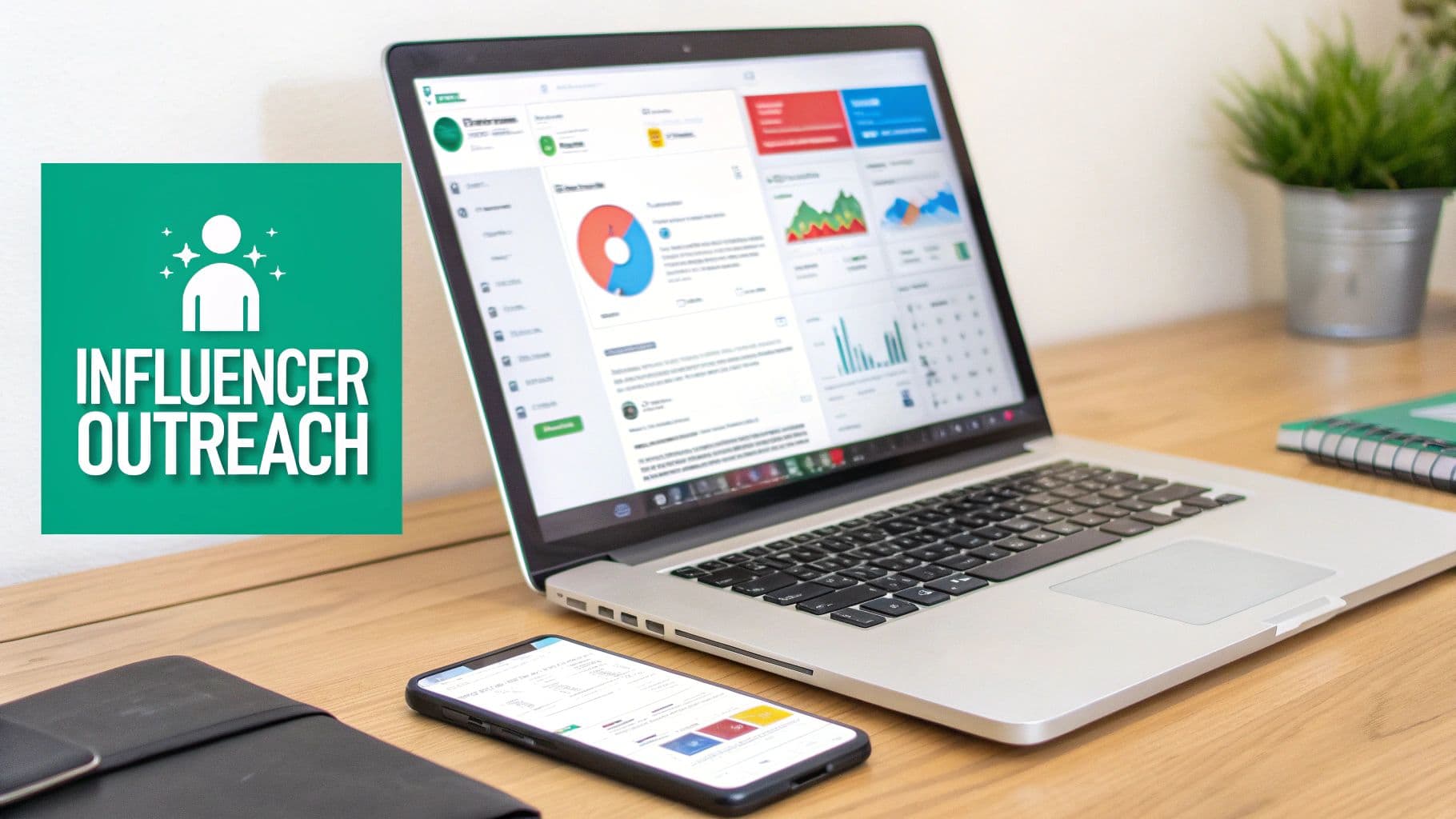
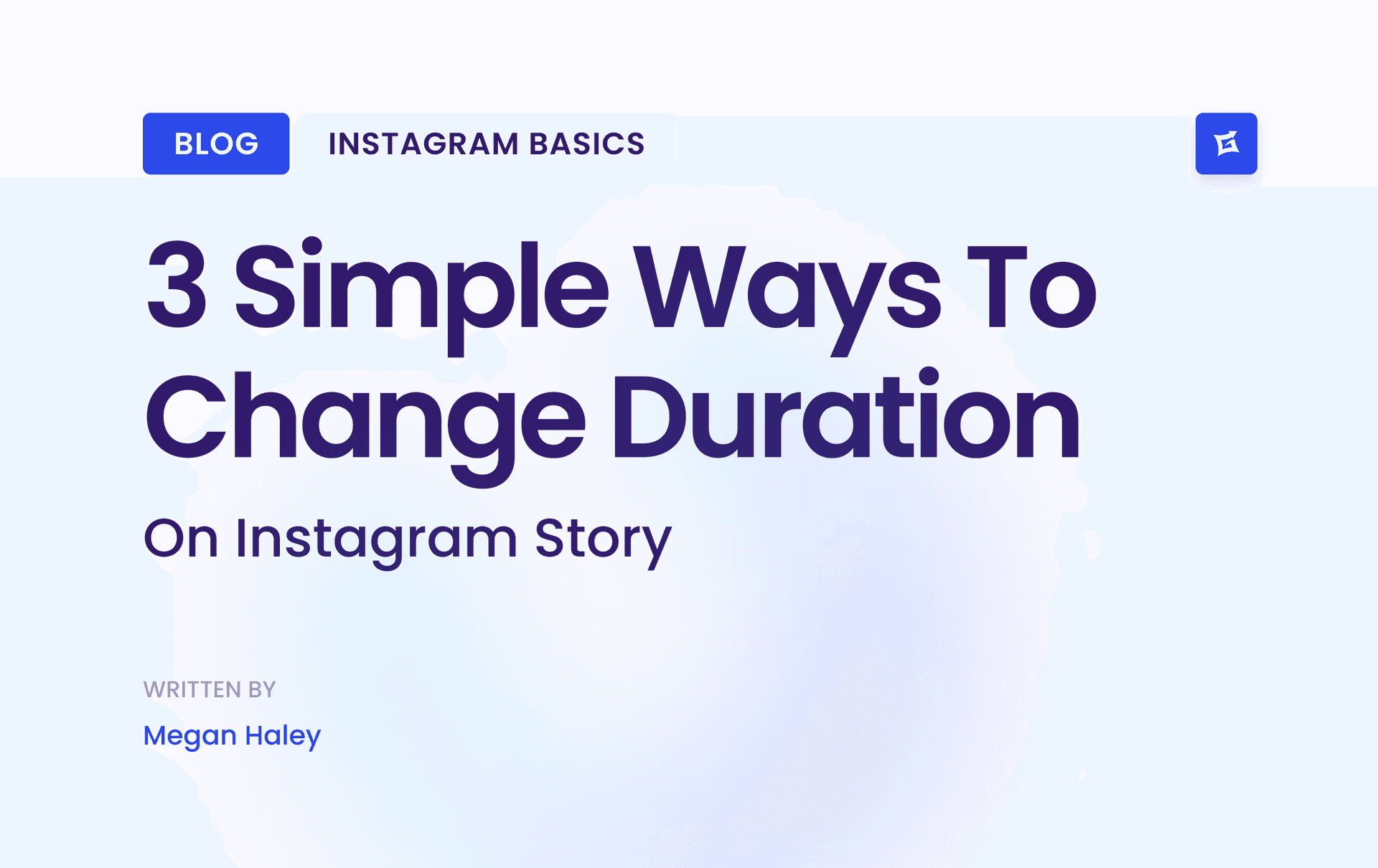
.png&w=1920&q=75&dpl=dpl_9WWqQ3xdwvWWn1twanHHN9LpAWg4)

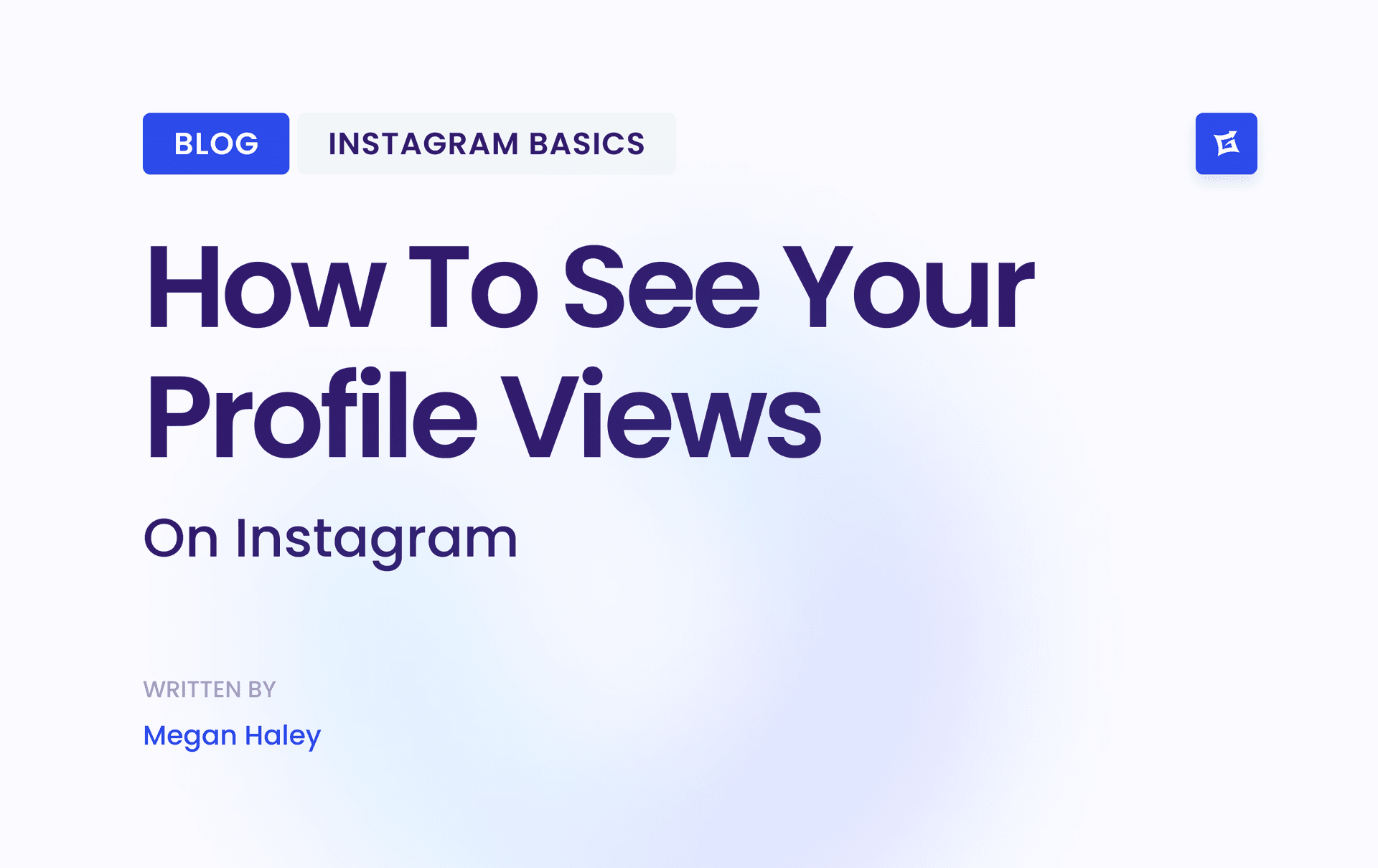
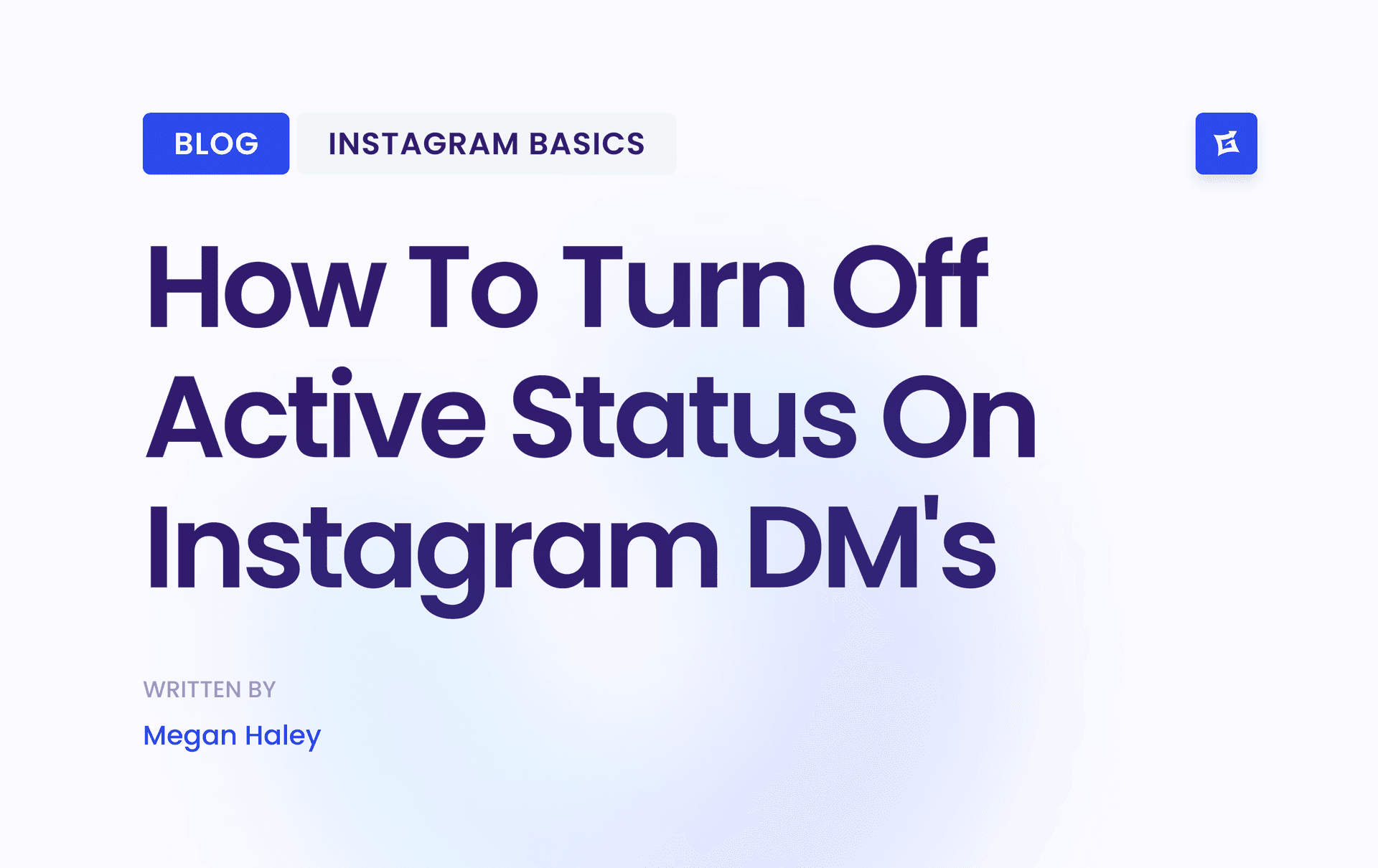
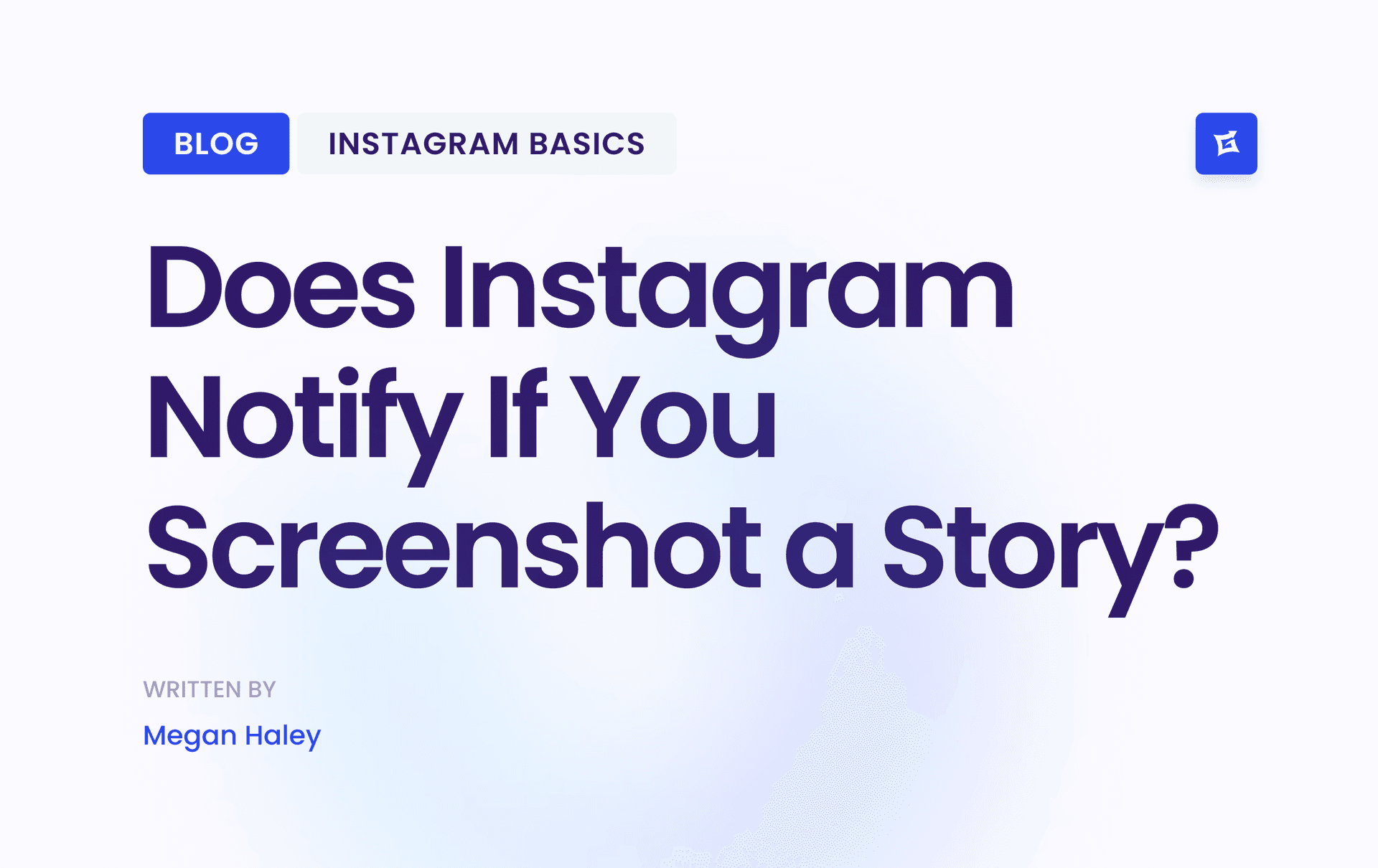


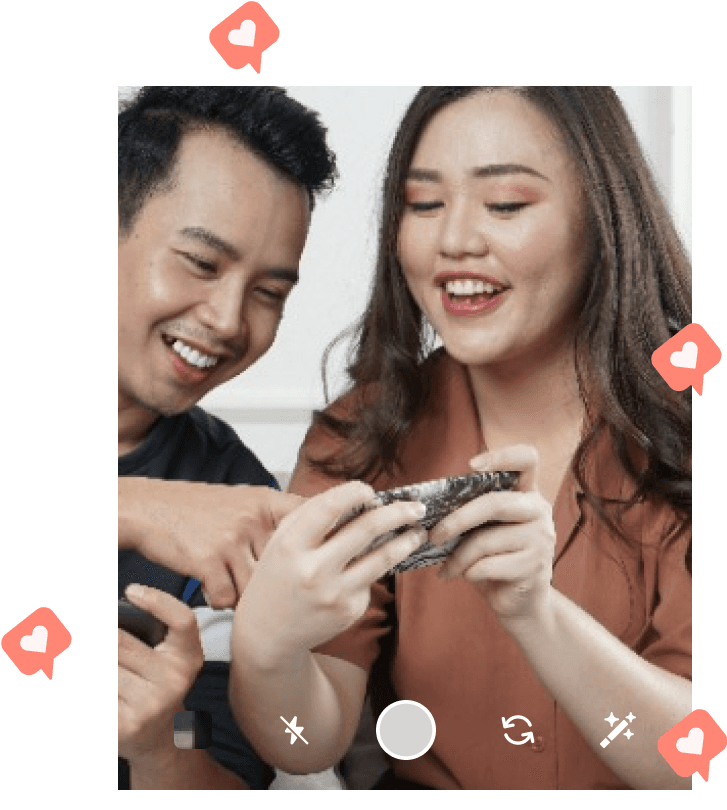
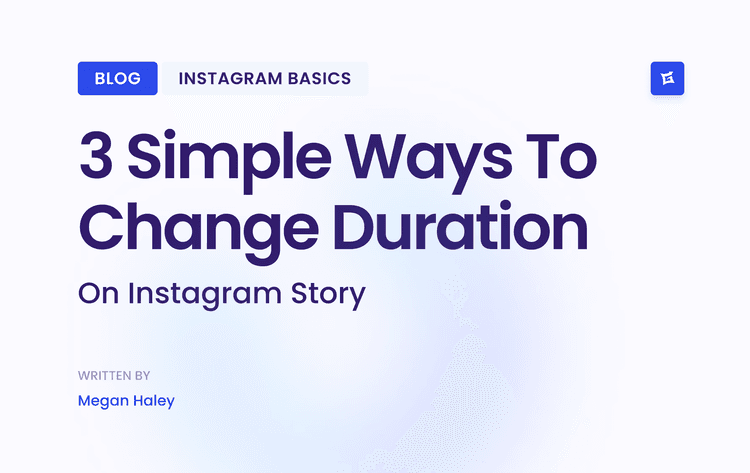
.png&w=750&q=75&dpl=dpl_9WWqQ3xdwvWWn1twanHHN9LpAWg4)
